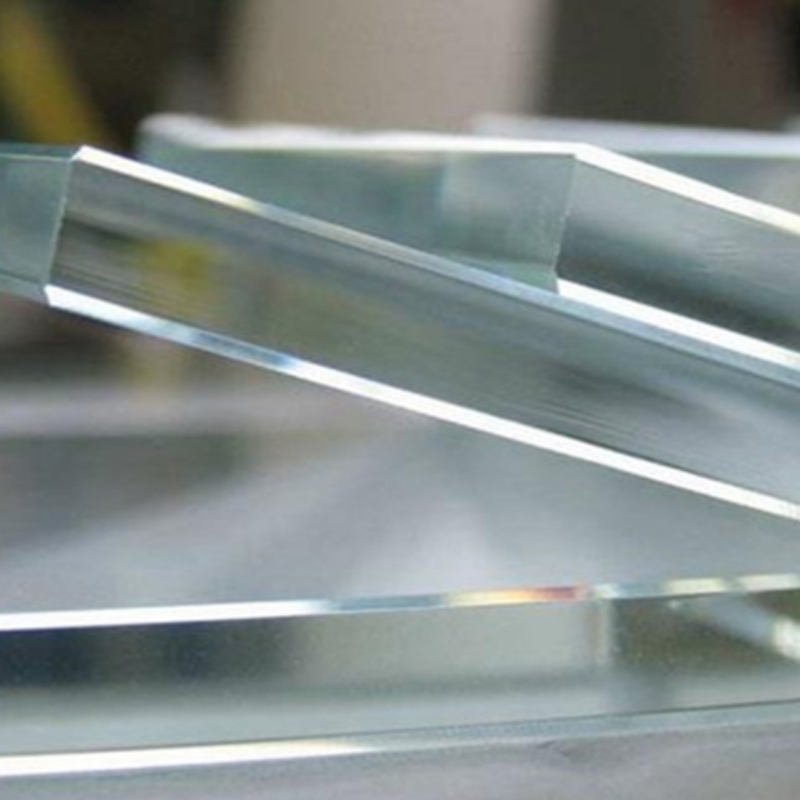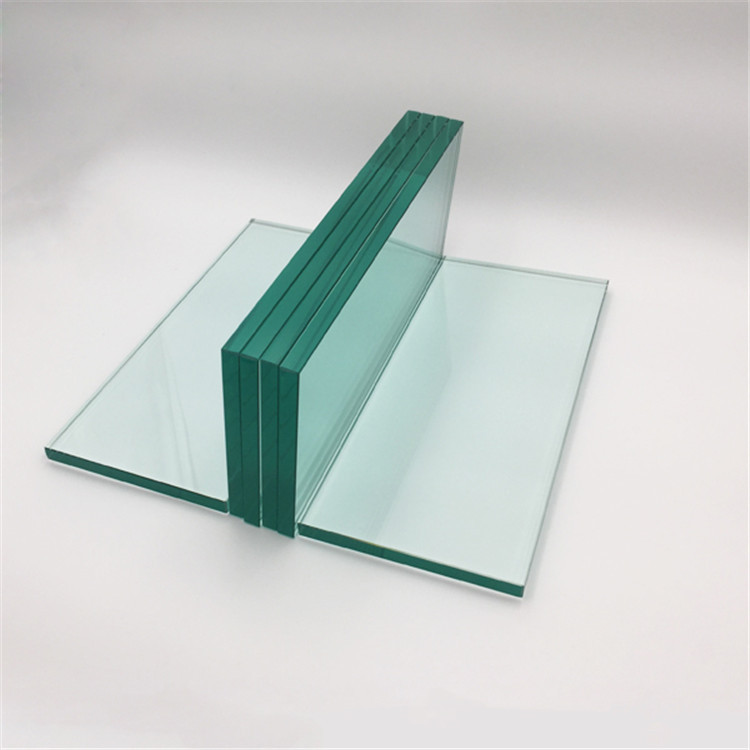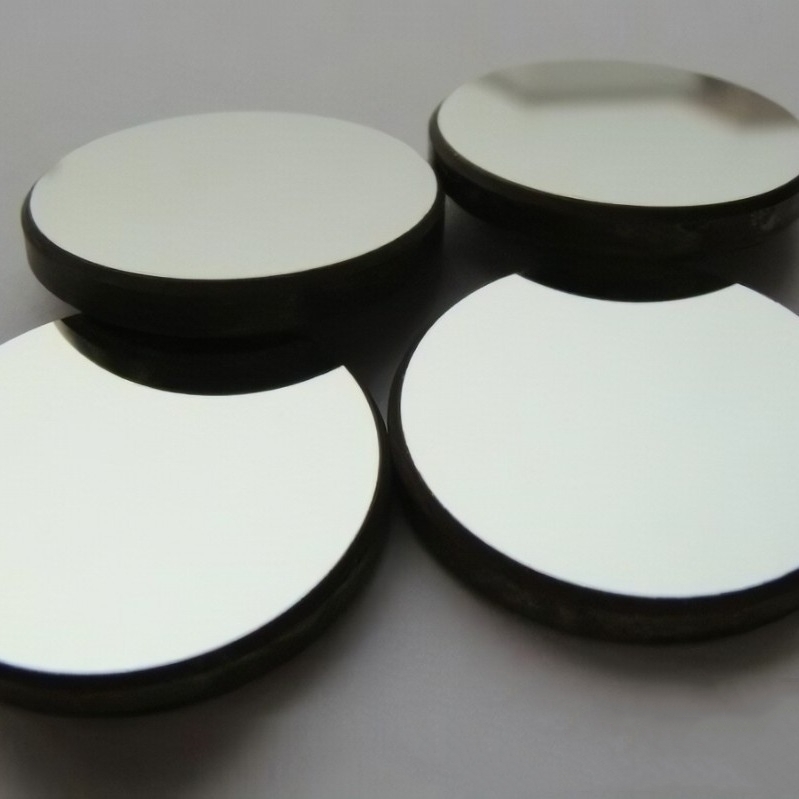Olefin hydrogenation catalyst is a high-performance catalytic material designed for selective hydrogenation of olefins, ensuring precise control over reaction efficiency and product purity. Engineered with advanced metal-supported formulations, it enhances hydrogenation kinetics, improves thermal stability, and extends operational lifespan for industrial applications. This catalyst is widely used in petrochemical refining, polymer feedstock purification, and fine chemical manufacturing, providing consistent and reliable performance in controlled reaction environments.
Product Overview:
The olefin hydrogenation catalyst is a highly efficient catalyst primarily used for hydrogenating olefins, effectively converting them into alkanes. This catalyst uses nickel as the main active component, with alumina as the support, and includes special additives to enhance performance. It offers excellent low-temperature activity and stability. The catalyst also has high compressive strength and low wear, and is typically supplied in a pre-reduced state, making it ideal for stable hydrogenation reactions under high space velocity conditions.
Key Features:
- High Compressive Strength:Maintains stable performance under harsh industrial conditions, reducing catalyst breakage and degradation.
- Low Wear:The catalyst experiences minimal wear during reactions, extending its lifespan and reducing replacement frequency.
- Excellent Low-Temperature Activity:Suitable for hydrogenation reactions at low temperatures, improving the efficiency of olefin saturation.
- Strong Stability:The catalyst is durable and stable, maintaining good activity across a range of process conditions.
Applications:
- Olefin Hydrogenation to Alkane:Widely used in the hydrogenation of olefins to convert them into alkanes, commonly applied in the petrochemical industry.
- Petroleum Refining:Used to remove olefinic impurities in the refining of petroleum, improving the quality of feedstock oils.
- Chemical Synthesis:Applied in the synthesis of chemical products, particularly in reactions requiring olefin saturation.
| Physical and Chemical Properties | |
| Item | Specification |
| Appearance | Black spherical |
| Particle Size | ∮1.5-2.5 mm |
| Crushing Strength | ≥40 N/particle |
| Bulk Density | 0.75-0.85 kg/L |
| Nickel (Ni) Content | ≥18% |
| Abrasion | ≤3 wt% |
| Process Parameter | Specification |
| Pressure | 0.1-3.0 MPa |
| Temperature | 150-250 ℃ |
| Space Velocity | 8000-20000 hr⁻¹ |
| Item | Specification |
| Olefin Content | ≤2.5% |
| Hydrogen | Balanced |
| Item | Specification |
| Saturated Olefin Ratio | ≥99% |
Submit Your RequirementsWe will contact you within 24 hours.
 WOBO Scientific Research New Materials One-Stop Service Platform
WOBO Scientific Research New Materials One-Stop Service Platform











